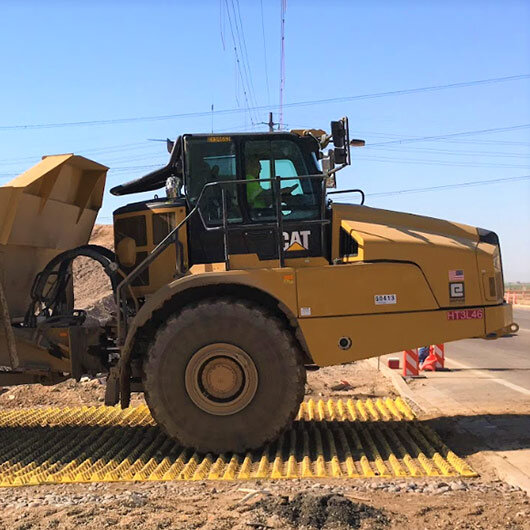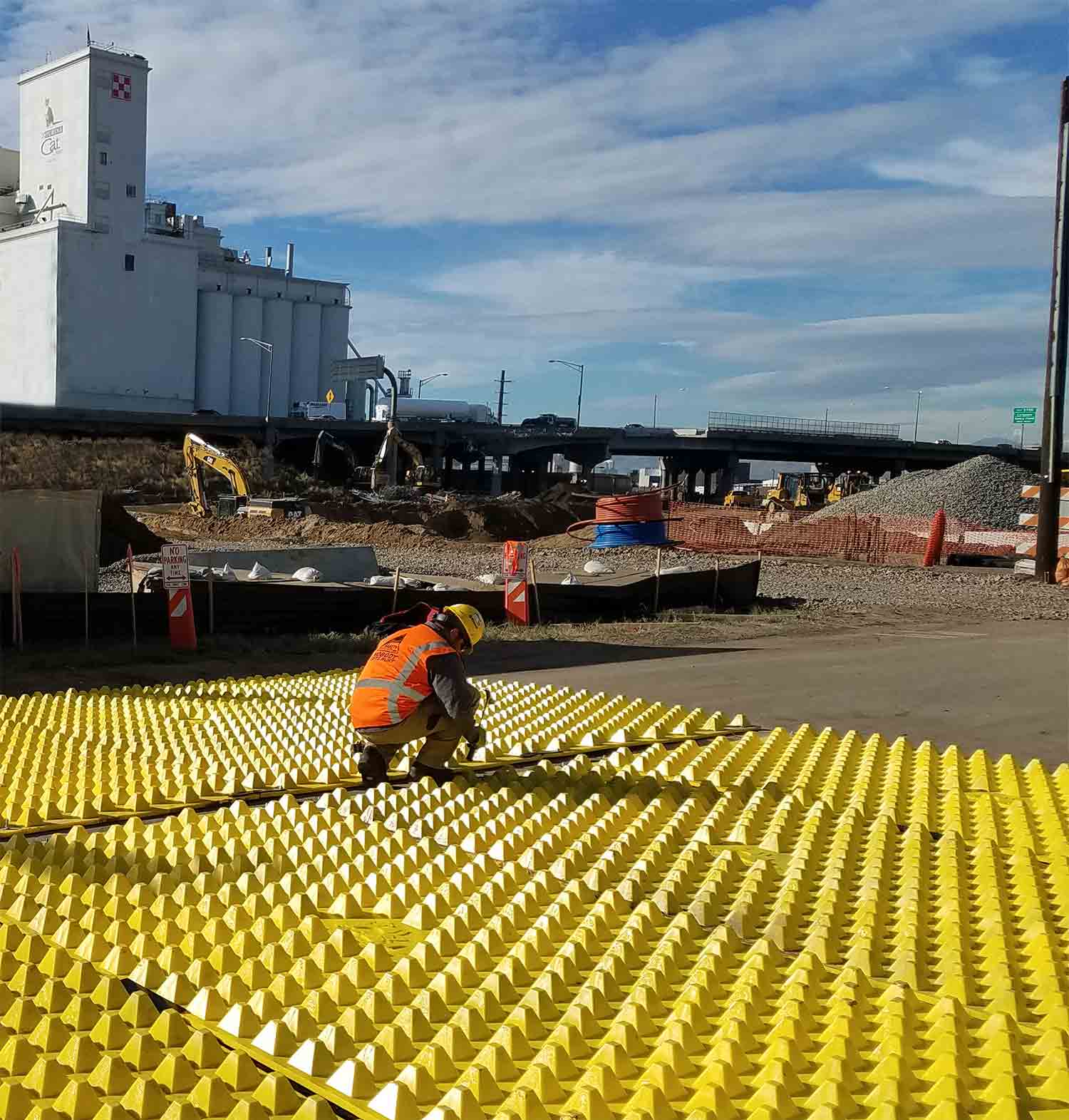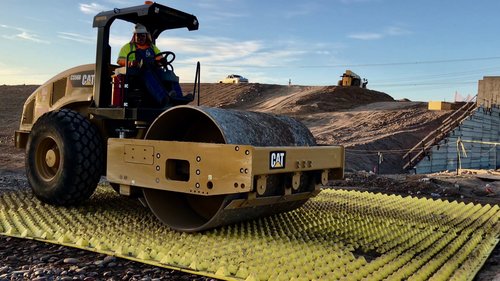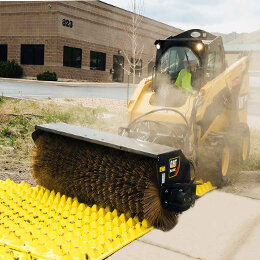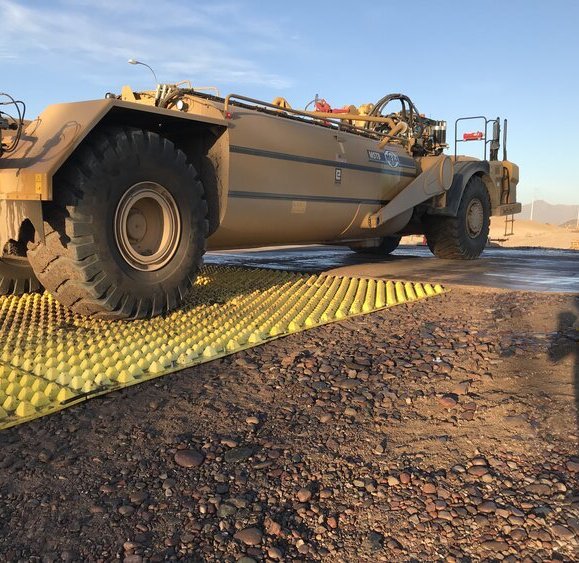F.A.Q.
Q
WHAT IS FODS?
A FODS stands for Foreign Object Debris System which consists of a single layer of pre-manufactured mats. Mats are placed directly on substrate without requiring excavation or aggregate. FODS are a standalone solution to any construction entrance specification. Simply lay them out in your desired configuration over any substrate and your entrance is ready.
Q
WHY FODS?
A FODS Trackout Control Device is reusable, quick to install, easy to transport, remove, and relocate. The FODS Trackout Control Mat is the only durable, effective, cost-saving, and environmentally friendly trackout control solution. Compared to steel rumble strips, steel plates and rock construction exits, mats are lightweight and are designed to be easily transported from job to job. The FODS system is installed directly on any substrate and does not require sediment traps or excavation.
Q
HOW DO FODS WORK?
A The purpose and design of the FODS Trackout Control Mats are to effectively remove sediment from vehicle tires as they exit a disturbed land area onto a paved street meeting SWPPP requirements.
FODS Reusable Rockless Construction Entrance is designed with alternating rows of pyramids that are specifically engineered to open a tire’s lugs as vehicles pass over, causing the mud to loosen and fall out into the base of each mat. The mud collects at the base of the mat preventing it from reaching the street. It will not come in contact with the tires of subsequent vehicles, preventing mud, debris, and other pollutants from leaving a worksite and entering roadways, or storm water system.
Q
WHAT ARE THE DIMENSIONS OF A SINGLE FODS MAT?
A FODS tracking pads are 12' wide across the entrance and 7' long in the direction of travel. Mats each weigh 420lbs. Mats can be nested for easy stacking, storage, and transport. The mats will not exceed the width requirements for highway transportation.
Q
HOW DO I INSTALL FODS?
A The FODS construction entrances are transported to the construction site on a large truck or trailer. The mats will then be offloaded into place with a forklift, truck-mounted boom, or jib crane on the in situ soils. No excavation or disturbance of the existing soil is necessary. Once the mats are correctly situated in place, take either our 18-inch round head stake or 6-inch concrete screw and anchor the mats through the pre-fabricated holes on the mat in areas where they are most flush with the ground and free of any voids or large rocks. We recommend a minimum of four anchors per mat.
Q
HOW MUCH WEIGHT CAN A FODS MAT WITHSTAND?
A FODS Trackout Control Mats can handle nearly limitless weight. Due to its construction from High Density Polyethylene, each pyramid on the FODS mat has a crush rating of over 20,000lbs. The smallest passenger vehicle tire will disburse its weight evenly across a minimum of four pyramids at all times and the larger tires of a commercial vehicles with a rating of HS-25 will disburse their weight over a minimum of eight pyramids per tire. FODS has proven performance with over 2.8 Million lbs. on a single mat.
Q
HOW CAN A FODS MAT BE CLEANED?
A FODS Construction Exits are easy to clean quickly. We recommend using a Skid-steer broom attachment or a FODS Shovel (specifically shaped to scoop between pyramids). Other options include a Street Sweeper (requires adjusted bristle head), Pressure Washer (must have ability to contain water), or a Water Truck (must have ability to contain water).
Q
WHERE CAN FODS BE INSTALLED?
A Construction Sites, Airports, State and Local Governments, Water treatment facilities, Agriculture, Forestry Access roads, Oil/Gas, Renewable Energy, Telecommunication, Mining, and Transportation among many other industry sectors are all in need of the FODS Trackout Control System every day.
Q
HOW LONG WILL FODS PERFORM?
A FODS Mats delivers excellent performance against trackout and has an expected lifespan of ten-plus years while being able to withstand over 1 million passes of an 80-ton vehicle. The FODS system will pay for itself after one to two uses *depending on entrance dimensions. Mats can be easily relocated during the duration of a project and reused on subsequent projects.
